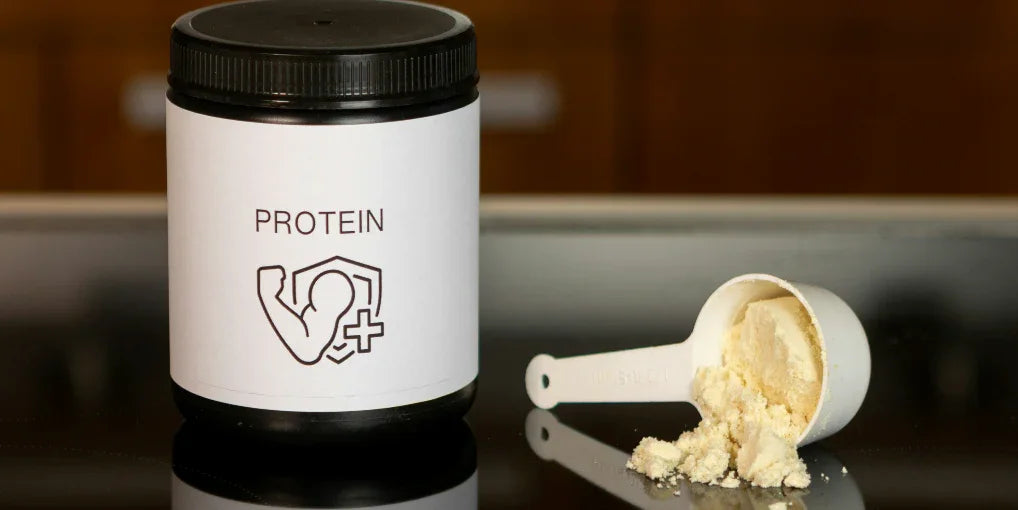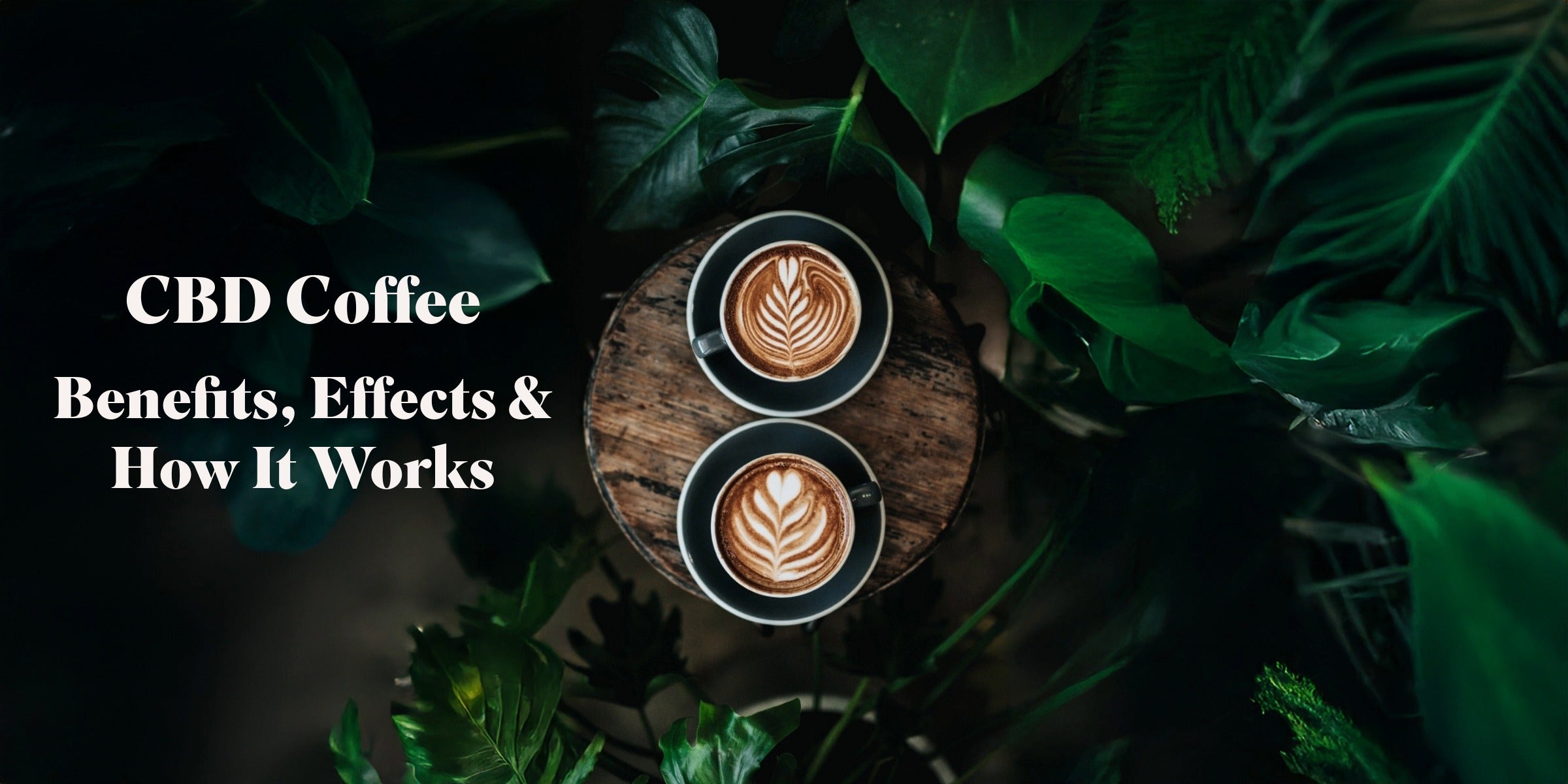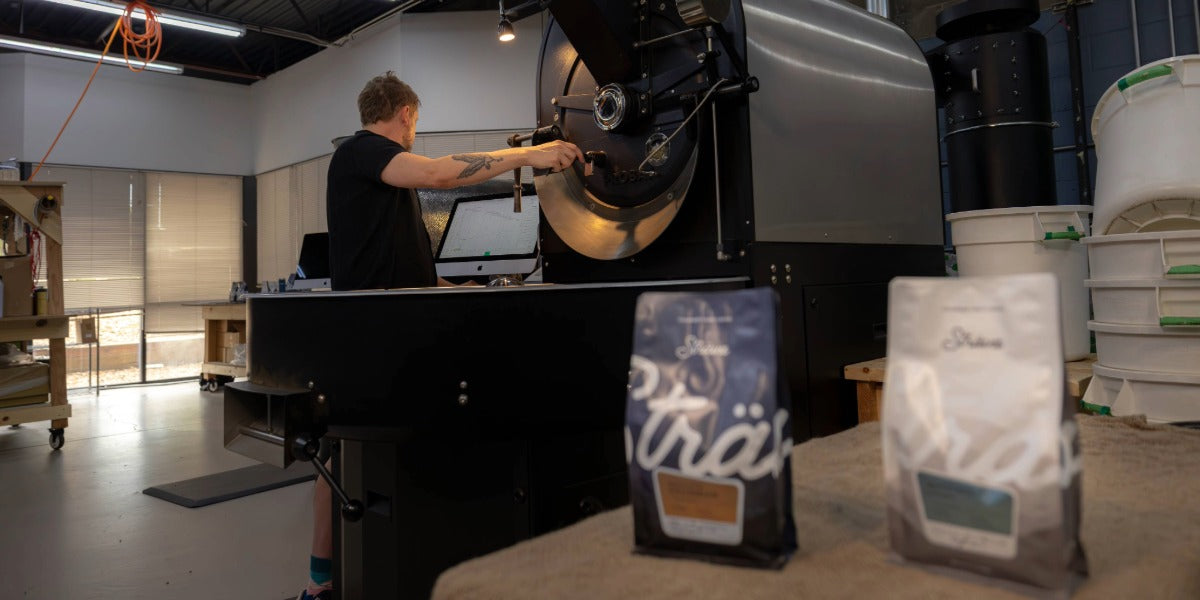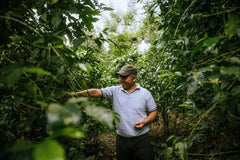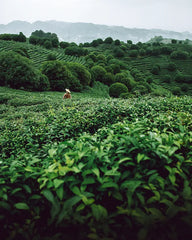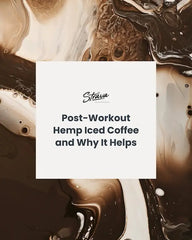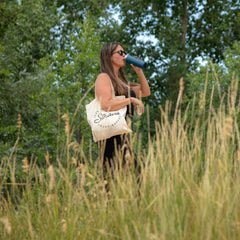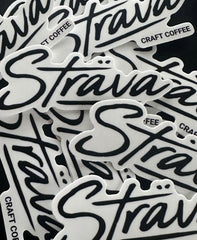Top Coffee Brewing Methods That Unlock Maximum Flavor
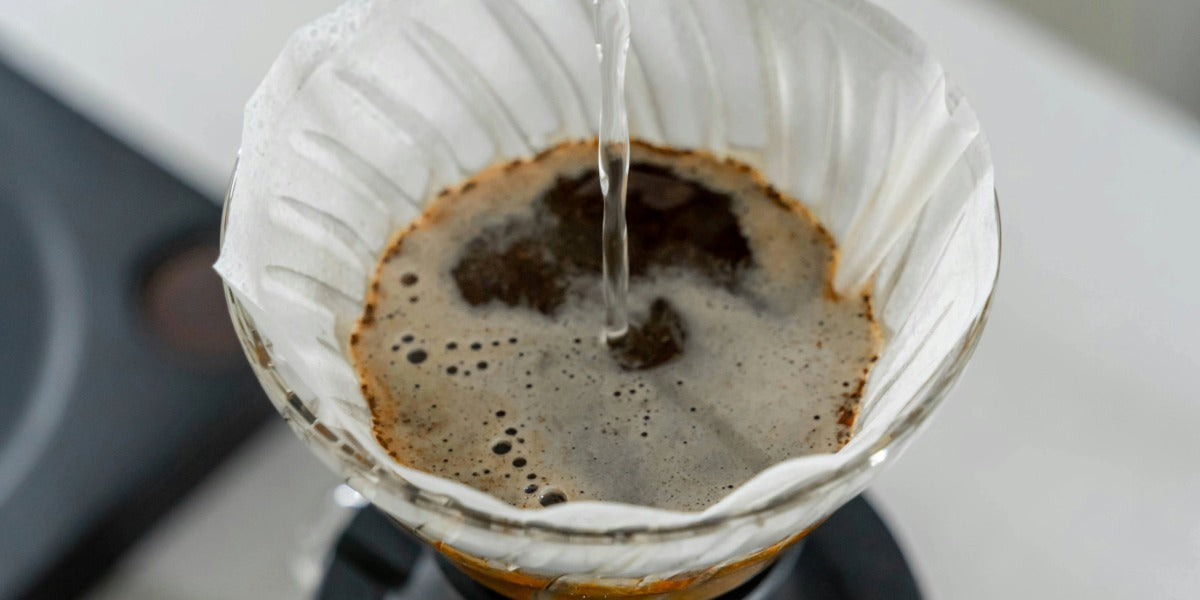
At Strӓva Craft Coffee, we believe every adventure deserves to be fueled by an exceptional cup. Whether you’re conquering a mountain trail with a morning French press, setting up camp for an afternoon pour-over, or unwinding with cold brew under the stars, brewing is where the magic happens. It’s where fresh-roasted beans and pure water become something worth slowing down for.
This guide covers the most popular coffee brewing methods, overlooked tips for pulling every drop of flavor from your beans, and the essentials that turn good coffee into unforgettable coffee. You can even explore ways to make your coffee taste less bitter.
Essential Brewing Principles for Adventurers
Freshness: Your First Summit
Start your journey with freshly roasted Strӓva beans. Coffee peaks between 7–24 days after roasting. Grind right before brewing to lock in aromas.
Grind for the Grind Ahead
Grind consistency is everything. A burr grinder produces even grounds, which means balanced flavor. Sour or vegetal? Grind finer. Bitter or dry? Grind coarser.
Hydration Ratio: Your Compass
Start with 1:16 coffee-to-water (1g coffee to 16g water). For more intensity, try 1:14 or 1:15. For a smoother sip, use 1:17 or 1:18.
Temperature Check: Campfire Ready
The sweet spot is 195–205°F. Too hot leads to bitterness, too cool risks under-extraction.
Pack Smart, Brew Precisely
Scales and timers are your allies. They guarantee consistency whether you’re in your kitchen or halfway up a mountain.
1. Pour-Over: The Mindful Mountain Brew
Why it’s great: Pour-over brewing is all about control and clarity, producing a clean cup that showcases nuanced flavors — like a crisp morning hike for your taste buds.
How to brew for maximum flavor:
-
Use a gooseneck kettle for steady, precise pouring.
-
Bloom the grounds for 30–45 seconds to release trapped CO₂.
-
Pour in a slow spiral to saturate evenly.
-
Brew temperature: 195°F–205°F (90°C–96°C).
Pro tip: Pre-wet your filter to avoid paper taste and warm your vessel.
2. French Press: The Rugged Ritual
Why it’s great: Full-bodied and rich, French press coffee has depth — like the warmth of a campfire brew after a long day outside.
How to brew for maximum flavor:
-
Use coarse-ground coffee to reduce sediment and bitterness.
-
Steep for about four minutes.
-
Press slowly, then pour immediately into another vessel to prevent over-extraction.
-
Ratio: 1:15 coffee to water.
Pro tip: Freshly roasted beans and filtered water can transform a French press from “good” to “exceptional.”
3. Espresso: The Summit Push
Why it’s great: Fast, intense, and aromatic, espresso packs flavor into a short, concentrated burst — the coffee equivalent of a summit push.
How to brew for maximum flavor:
-
Grind very fine, just before brewing.
-
Aim for a 25–30 second extraction for a double shot.
-
Adjust grind if the shot runs too quickly or too slowly.
Pro tip: Keep your machine clean, especially the group head and portafilter, to avoid off flavors.
4. AeroPress: The Lightweight Liberator

Why it’s great: Compact, quick, and versatile, AeroPress brewing delivers a smooth, clean cup whether you’re at home or on the go.
How to brew for maximum flavor:
-
Use medium-fine grounds.
-
Try both standard and inverted methods to see which flavor you prefer.
-
Steep for 1–2 minutes before pressing.
Pro tip: Lowering the brew temperature slightly (185°F–195°F) and extending steep time can round out the flavor.
5. Cold Brew: The Prepared Pioneer
Why it’s great: Smooth, sweet, and naturally low in acidity, cold brew is as refreshing as a shaded trail on a hot afternoon.
How to brew for maximum flavor:
-
Use coarse grounds.
-
Steep for 12–24 hours.
-
Filter well for a clean finish.
-
Start with a 1:4 coffee-to-water ratio for concentrate, then dilute to taste.
Pro tip: Medium-dark roasts bring out chocolatey, caramel-like flavors in cold brew.
6. Turkish Coffee: The Old-World Ritual

Why it’s great: Rich, strong, and unfiltered, Turkish coffee delivers an old-world style cup that’s as much about ritual as it is about flavor.
How to brew for maximum flavor:
-
Grind coffee extra-fine.
-
Combine with water (and optional sugar/spices) in a cezve.
-
Heat slowly until just before boiling — repeat for a thicker foam.
Pro tip: Serve immediately so the foam stays intact.
7. Siphon (Vacuum Brewing): The Science Experiment
Why it’s great: Part science experiment, part art, siphon brewing creates a clean yet full-bodied cup with striking aromatics.
How to brew for maximum flavor:
-
Use medium-ground coffee.
-
Maintain stable heat for consistent results.
-
Stir gently for even extraction.
Pro tip: A butane burner offers more consistent heat control than alcohol burners.
8. Moka Pot: The Kitchen Mountaineer
Why it’s great: Strong, espresso-style coffee without a machine — a Moka pot is a kitchen staple for bold flavor in a small package.
How to brew for maximum flavor:
-
Use medium-fine grounds (slightly coarser than espresso).
-
Fill the lower chamber with hot water to speed brewing and reduce bitterness.
-
Remove from heat as soon as brewing is complete.
Pro tip: Don’t tamp the grounds — it can block water flow and lead to over-extraction.
The Overlooked Essentials of Flavor
Even the best brewing method won’t hit its peak without attention to the details that matter most:
Grind Consistency
A burr grinder produces uniform grounds, essential for balanced extraction. Uneven grinds lead to sour and bitter notes in the same cup.
Water Quality
Coffee is 98% water. Use filtered, mineral-balanced water with 75–150 ppm total dissolved solids for clean, balanced flavor.
Temperature Control
Stay between 195°F–205°F for hot brews. Too hot risks bitterness, too cool risks under-extraction.
Freshness
Grind right before brewing — coffee loses aroma and flavor quickly once ground.
Clean Gear
Rinse and deep-clean brewers, grinders, and filters regularly to avoid old oil buildup that can dull flavors.
Ratios & Timing
-
Start with 1:15–1:18 coffee-to-water ratio for most methods.
-
Go stronger (1:12–1:14) for more intensity.
-
Match brew times to method (French press ~4 min, pour-over ~3–4 min, espresso ~25–30 sec).
Matching Beans to Methods
-
Light roasts: Best in pour-over, siphon, or AeroPress for highlighting bright, fruity notes.
-
Medium roasts: Versatile across French press, pour-over, and espresso.
-
Dark roasts: Shine in espresso, Moka pot, and cold brew for bold, chocolatey flavors.
Quick Reference Brewing Chart
|
Method |
Grind Size |
Ratio |
Brew Time |
Flavor Profile |
|
Pour-Over |
Medium-fine |
1:15–1:17 |
3–4 min |
Clean, bright, nuanced |
|
French Press |
Coarse |
1:15 |
4 min |
Rich, full-bodied |
|
Espresso |
Fine |
1:2 |
25–30 sec |
Intense, aromatic |
|
AeroPress |
Medium-fine |
1:15 |
1–2 min |
Smooth, versatile |
|
Cold Brew |
Coarse |
1:4 concentrate |
12–24 hrs |
Sweet, low-acid |
|
Turkish |
Extra-fine |
Varies |
~3–4 min heat |
Bold, unfiltered |
|
Siphon |
Medium |
1:15 |
~3 min brew phase |
Clean, aromatic, complex |
|
Moka Pot |
Medium-fine |
Fill basket |
~5 min |
Strong, espresso-like |
Final Sip
Choosing the best brewing method comes down to your taste, your beans like high-quality Strava specialty coffee beans, and how much time you have. The key is to control your variables — grind size, water quality, temperature, and timing — so whichever method you choose, you’re brewing with intention.
With a little attention to detail, you can turn a daily habit into one of the most flavorful parts of your day.


